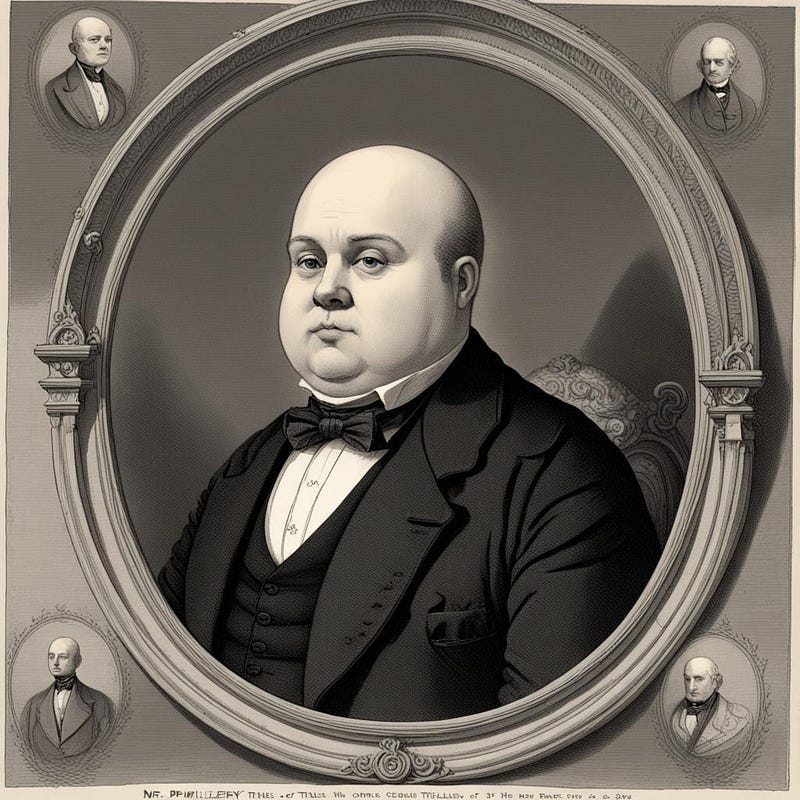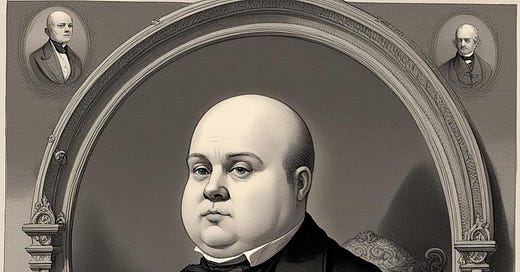Unleashing creativity

The link between creativity and professional success is an interesting subject. Whether you apply it to entrepreneurial environments, scientific endeavours, or consider it’s effect in the corporate world, understanding and unleashing creativity can be the catalyst for driving innovation in your chosen field.
In this exploration, I’ll give examples, reasons, and arguments that shed light on the profound connection between creativity and success, examining the ways in which fostering a creative mindset can propel individuals to new heights in their professional journeys.
Creativity as the engine of innovation
At the heart of the connection between creativity and professional success lies the concept of innovation. In every industry, innovation is the lifeblood that propels organisations and individuals forward, and creativity, as the precursor to innovation, serves as the driving force behind transformative ideas and groundbreaking solutions.
Technological innovation in entrepreneurship
Consider the entrepreneur who, fuelled by a creative spark, envisions a novel application for existing technology. This creative insight not only differentiates their product but can also disrupt entire industries.
Companies like Apple, with its groundbreaking products, exemplify how creativity in the entrepreneurial field can lead to transformative success.
One quintessential example of Apple’s transformative success through creativity in the entrepreneurial field is the introduction of the iPhone in 2007. The iPhone was not just a product, it was a revolutionary device that fundamentally changed the landscape of communication, technology, and personal computing.
Before the iPhone, mobile phones were primarily devices for making calls and sending text messages. Apple, under the leadership of Steve Jobs, envisioned a device that could combine the functionalities of a phone, an iPod, and an internet communicator into one seamless and user-friendly device.
This vision led to the creation of the iPhone, which debuted with features such as a multi-touch interface, a mobile browser (Safari), and a revolutionary App Store.
Adaptability in a Changing Landscape
One of the compelling arguments for the connection between creativity and professional success is the ability to navigate and thrive in an ever-evolving landscape. In the face of technological advancements, market shifts, and global changes, individuals who can harness their creative faculties possess a unique advantage.
An exemplary illustration of an individual harnessing creative faculties to navigate and thrive in an ever-evolving landscape is Elon Musk, the visionary entrepreneur behind companies like Tesla and SpaceX.
Elon Musk is renowned for his ability to envision and implement transformative ideas that not only adapt to but also shape the ever-evolving technological and industrial landscape. His ventures epitomize the connection between creativity and professional success, particularly in the face of significant global and market changes.
Musk’s role as the CEO of Tesla exemplifies his creative approach to addressing challenges and opportunities in the automotive industry. In the early 2000s, the automotive landscape was undergoing a shift with a growing awareness of environmental concerns and the need for sustainable transportation. Musk, recognizing this shift, co-founded Tesla Motors in 2003 with the vision of producing electric vehicles that could rival traditional gasoline-powered cars.
Scientific Breakthroughs
In science, where discovery and innovation are the cornerstones, creativity plays a pivotal role. Scientific breakthroughs often arise from the ability to think creatively about a problem or phenomenon, and the work of Marie Curie, the pioneering physicist and chemist, exemplifies how creativity can lead to transformative success. Her groundbreaking research on radioactivity not only earned her two Nobel Prizes but also revolutionized our understanding of the atomic world.
Her meticulous experiments and creative use of innovative techniques, including the development of the term “radioactivity,” revealed that certain elements spontaneously emitted rays without external influence. This discovery challenged existing paradigms in physics and chemistry, marking the beginning of a new era in atomic science.
National Center for Biotechnology Information (NCBI). (2013). Marie Curie and Her Contributions to Science.
https://tinyurl.com/24evz3tb
Arguments against the connection
While the link between creativity and professional success is often celebrated, it’s essential to acknowledge counterarguments. Some sceptics argue that certain professions, particularly those requiring strict adherence to rules or established protocols, may not benefit as significantly from a focus on creativity.
The rigidity of certain professions
In fields where precision and adherence to established norms are paramount, such as accounting or legal practices, critics argue that a strict focus on creativity might be counterproductive. They posit that a balance between creativity and discipline is crucial, and excessive emphasis on the former may compromise the integrity of certain professions.
Navigating the scepticism
While acknowledging the importance of balance, proponents of the connection between creativity and professional success argue that even in seemingly rigid professions, there’s room for creative thinking. It’s not about abandoning established principles but about finding innovative ways to apply them and uncovering new perspectives.
Mismanagement of creative resources
Another counterargument revolves around the potential mismanagement of creative resources. Critics posit that an undue focus on creativity without clear direction or strategic goals may lead to inefficiencies and wasted efforts.
Addressing mismanagement
Proponents respond by highlighting the importance of fostering a culture of creativity with a purpose. They argue that organisations and individuals should channel creative energies toward strategic objectives, ensuring that innovation aligns with broader goals rather than being a whimsical pursuit.
Corporate leadership and creative problem-solving
Corporate professionals who embrace creativity bring a distinctive skill set to the table. When confronted with complex challenges, those who approach problem-solving with a creative mindset often discover innovative solutions that others might overlook.
Companies like Google have cultivated cultures of creativity, fostering an environment where employees are encouraged to think outside the box. This approach has not only enhanced job satisfaction but has also contributed to Google’s status as an industry leader.
In competitive fields, the ability to stand out from the crowd is paramount.
Creativity serves as the beacon that distinguishes individuals and organisations from the rest, allowing them to carve their niche and leave an indelible mark.
References and Citations:
Amabile, T. M. (1996). Creativity in Context: Update to the Social Psychology of Creativity. Westview Press.
Sawyer, R. K. (2012). Explaining Creativity: The Science of Human Innovation. Oxford University Press.
Florida, R. (2004). The Rise of the Creative Class: And How It’s Transforming Work, Leisure, Community and Everyday Life. Basic Books.
Csikszentmihalyi, M. (1997). Creativity: Flow and the Psychology of Discovery and Invention. Harper Collins.




